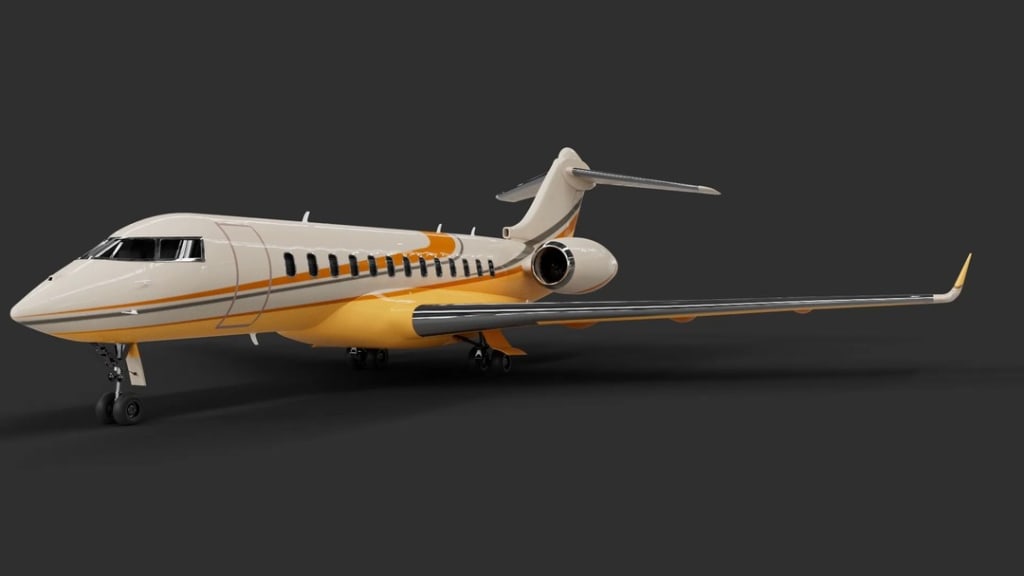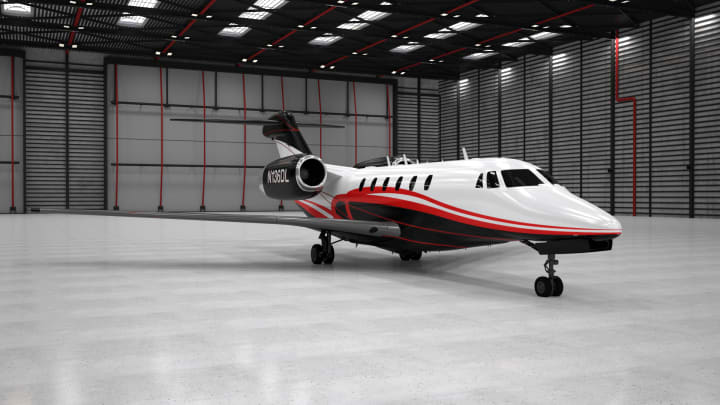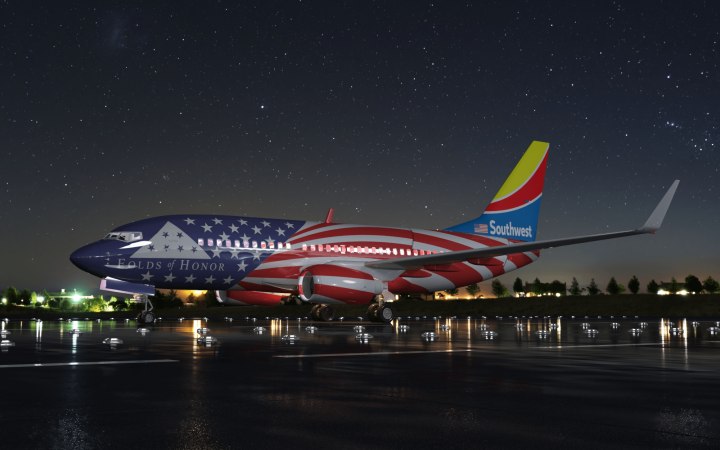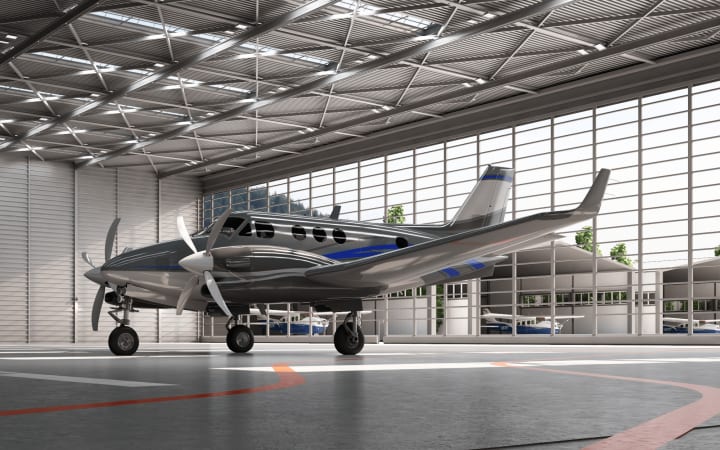Exploring the Psychology Behind Successful Aircraft Paint Schemes
Introduction

The aviation industry is more than just a parade of engineering marvels and technological advancements. It is also about aesthetics and perception. Among the most significant parts of an aircraft's exterior is its paint scheme. Aircraft paint schemes are far more than merely a cosmetic treatment but a powerful tool that will shape perception, branding, and even passenger comfort. The following paper looks at the good batches of aircraft paint schemes, exploring how color and pattern make significant opinions about an airline and support the passenger's ability to fly well.

The First Impression
First impressions are essential. For airlines, the outside of aircraft is almost always the first impression the clientele and observers have, meaning that a professional, reliable, prestigious look is probably most integral in this step. Airlines spend quite a good amount of money on aircraft painting because their look certainly influences a choice of potential customers. Mental aspects of color are, therefore, a significant element in aircraft paint scheme designs. As the colors symbolize different emotions and responses, here are some standard colors of aircraft paint schemes:
Blue: Often associated with trust, dependability, and calmness. For many airlines, of course, blue means the feeling of safety and trust in the services.
Red: It shouts for attention and depicts an image of energy and passion. The color is used to make a bold statement or emphasize the dynamic nature of an airline.
White: Represents cleanness, the ability to maintain things simply and efficiently. One of the most common aircraft base colors, it also helps reflect sunlight, reducing heat absorption.
Green: Associated with growth, tranquility, and eco-friendliness. As sustainability is becoming prominent, green is used for eco-friendly measures.
Yellow: It represents optimism, energy, and warmth and can bring out merriment and create an inviting atmosphere.
The selection of colors for any aircraft livery has a significant impact on passenger perceptions and the look of a brand for an airline.
Patterns and Design Elements
Beyond colors, patterns and design elements are very much a part of the big picture of getting an aircraft paint scheme to work. Those can either be simple, such as stripes and curves, or very complex in terms of lines with unique graphics and company logos. The balance of these concepts in the trade-off must make it possible to recognize an aircraft easily and continue carrying the name of that airline's brand.
Simplicity vs. Complexity
In many cases, simple designs become more memorable and recognizable. More business-like and elegant in appearance. More sophisticated designs often can be eye-catching and portray a great deal about the innovation and individuality of an airline. At the same time, though, they must be controlled enough not to become cluttered or confusing.
Logo Positioning: The positioning of the airline's logo becomes all-important. It has to be visible and clear enough to develop brand recognition, and is frequently put on the tail or fuselage.
Thematic Designs: Thematic designs narrate a story or represent some kind of culture. People may be able to relate better if the themes draw reflection on their experiences or values.
Cultural Significance, The design of an aircraft's paint schemes will have cultural significance that cannot be ignored. Various cultures hold different meanings and perceptions about color and symbols. What could indicate purity and peace to one culture might symbolize mourning for others. These subtleties need to be understood by international airlines, which service markets worldwide. Culturally intelligent design creates a platform for feeling included and being given due respect, which can take the global appeal of an airline to another level.

Success Examples in Aircraft Liveries
Qantas – Aboriginal Art Livery: In Qantas special liveries, it is evidenced that the most significant Australian airline has adopted Australian Aboriginal art. Celebrations in their liveries exist due to the rich cultural heritage of Australia and have been much accepted locally and internationally. The complicated patterns and vivid colors are not only aesthetically pleasing to the eye but also communicate pride and respect toward the culture.
Alaska Airlines – Salmon-Thirty-Salmon: Alaska Airlines painted one of its aircraft with an elaborate design of a giant king salmon. This unorthodox livery was part of their marketing campaign to boost Alaska's seafood industry. It created quite a buzz and became a spectacle, proving that themed designs can be successfully attention-grabbing and bring regional pride.
Turkish Airlines – Globally Yours: The livery of Turkish Airlines is based on its global feature, with some designs, emblems, or objects symbolizing various portions of the globe. This enhances the brand message that the airline is globally connected and, therefore, attractive to travel on for global travelers.
Psychological Impact on Passengers
The aircraft paint scheme directly impacts passengers' psychological comfort and overall experience. Here is how it impacts passenger perceptions:
Comfort and Safety: The colors blue and white are always the best preference, in that they calm passengers while simultaneously giving a feeling of being safe. A well-maintained and aesthetically pleasing exterior decreases anxiety and augments security for passengers.
Excitement and Anticipation: Bright and bold designs can visually bring excitement and anticipation to a journey. This can be particularly useful for airlines that operate on holiday travel.
Brand Loyalty: Consistent and appealing paint schemes also add to the brand identity of the carrier, thus creating customer loyalties in the process. When a passenger associates the excellent experience with the visual identity of the airline, then brand recall and preference become sturdier.
The Future of Aircraft Paint Schemes
As there is an improvement in technology, the future of aircraft paint schemes will be more varied and customized. It further reinforces the capability to create more intricate, detailed designs in applications using new digital printing technologies, which were not possible previously. Sustainability also comes into play with this use in that the paints and coatings are environmentally friendly. They are also working on interactive designs, like mood lighting that matches up the exterior paint scheme, to enhance the overall experience for the passengers further.

Conclusion
The paint scheme worn on the exterior of an aircraft is much more than just an aesthetic tool. It becomes a strategic element in brand perception, passenger comfort, and cultural connection. With this more profound understanding of color, patterns, and cultural significance, airlines can create paint schemes bound to touch passengers at different levels and enhance their market strength. As the aviation industry continues to move ahead, so too will the constantly evolving art and science of aircraft paint design that will further enhance the value of the flight experience for customers around the world.
About the Creator
3D Paint Design
Passionate about precision and dedicated to excellence, 3D Paint Design specializes in Aircraft Painting in Dallas, particularly aircraft paint design.
Enjoyed the story? Support the Creator.
Subscribe for free to receive all their stories in your feed. You could also pledge your support or give them a one-off tip, letting them know you appreciate their work.






Comments (1)
Very interesting, my first time of ever thinking about what colors for air craft stands for. Good insight. thanks